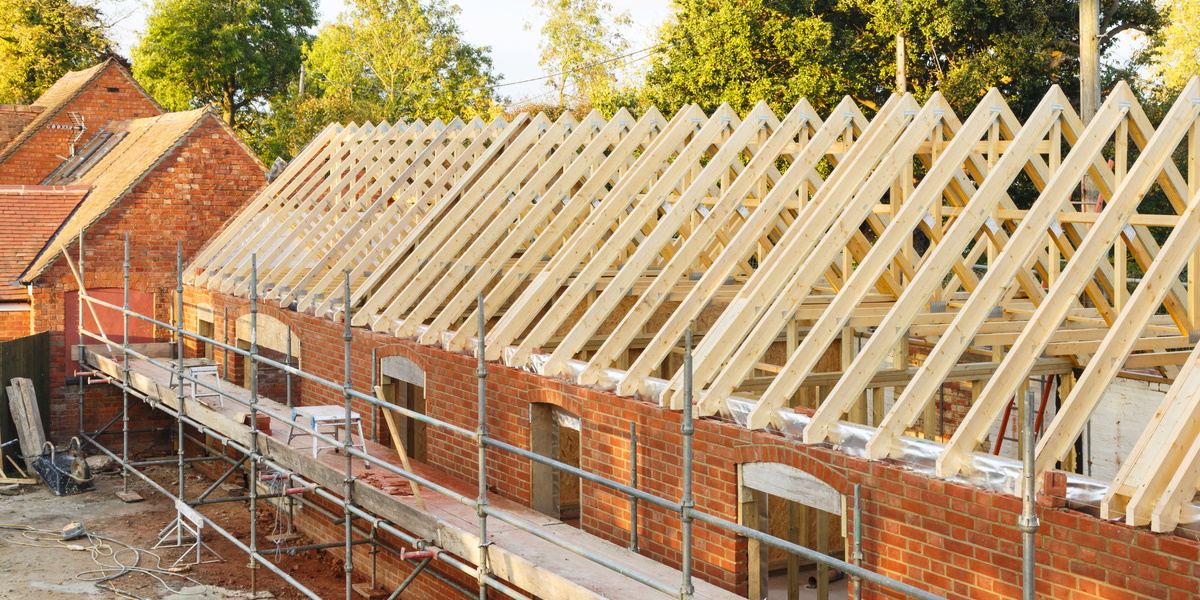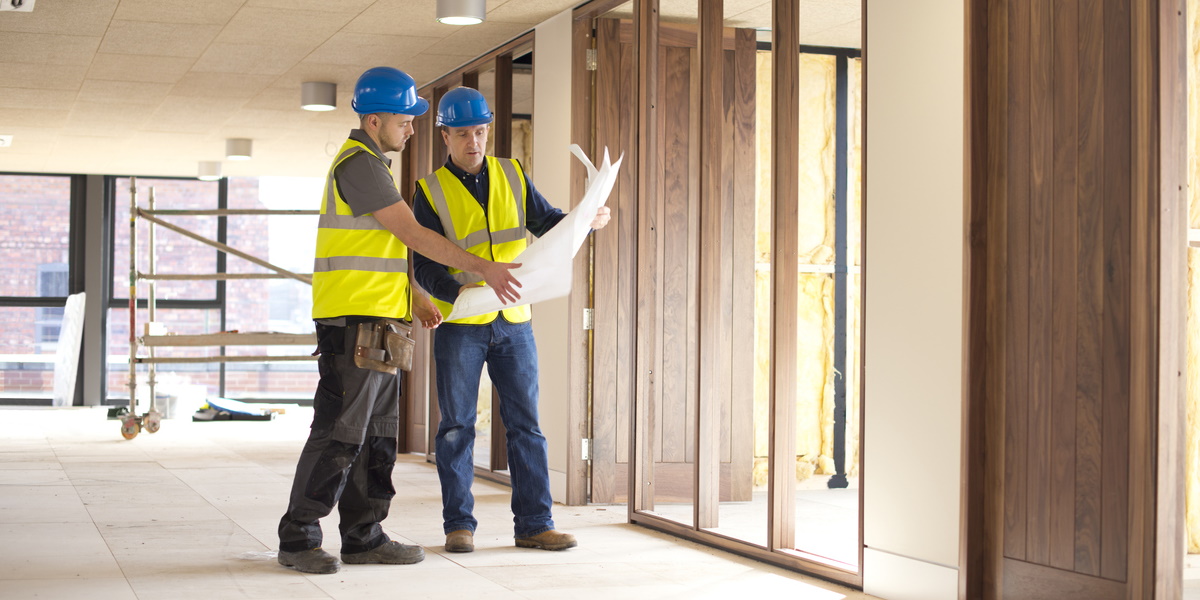
24/05/2023
As land values reset, residential development opportunities are emerging - new Atelier research reveals where
With the property market, site values and the cost of finance all going through a period of transition, SME developers – who together build half of the new homes delivered in Britain each year – are facing both challenges and opportunities.
To help make sense of the market and identify those opportunities, we asked Dr Nicole Lux, Senior Research Fellow at London’s Bayes Business School, to take a deep dive into the mid-size residential development space.
Her findings show that while rising interest rates have increased developers’ borrowing costs, they have also pushed up costs for those holding Real Estate assets, including land, with debt finance.
This marks a fundamental change in the sector. For 12 years following the Financial Crisis, increasing values outpaced financing costs, meaning that holding an asset was neutral and owners were often shielded from ‘normal’ market forces.
But over the past 18 months, the rapid increase in base rate – which in May reached its highest level for nearly 15 years – has led many owners to rethink their strategies, contributing to a surge in the number of motivated sellers and, in some cases, forced sellers.
Our analysis reveals the market is now on the move in response, with an improved balance between buyers and sellers leading to a significant (and long awaited) softening of site values. These movements could be the key to unlocking new opportunities and the delivery of much needed new housing.
The research also identified some marked differences between regional markets.
Data from JLL shows that in the big six UK cities outside London, economic activity, as measured by Gross Value Added (“GVA”) has increased by 22% on average over the past 10 years and similar growth rates are forecast for the next 10 years.
Manchester is expected to enjoy the strongest 10-year growth at 25%, with Bristol and Edinburgh both forecast to see growth top 20%, compared to a national average of 16%.
Meanwhile the constrained supply of new homes due to come to market in 2024 and 2025 is set to support sale values. Development site ‘starts’ were down in all regions in 2022, and as these feed into lower numbers of completions this year and next, prices and rental values could strengthen.
The research also looks at the availability and cost of finance, and the outlook over the short and medium terms.
Together with Dr Lux, we conclude that the fundamentals for residential development remain sound. The UK has an increasing and ageing population, constrained supply and strong end-user and institutional investor interest.
To read Atelier’s full report about where the best development opportunities are likely to lie, click the link above.









